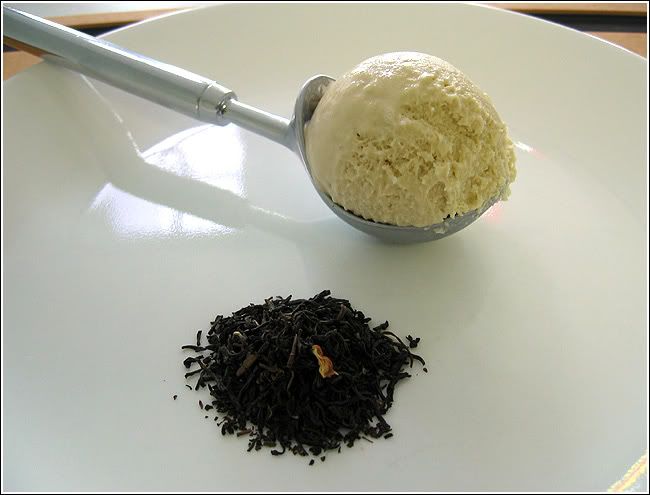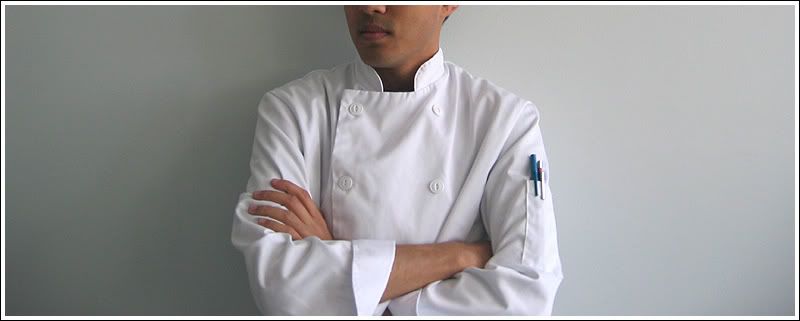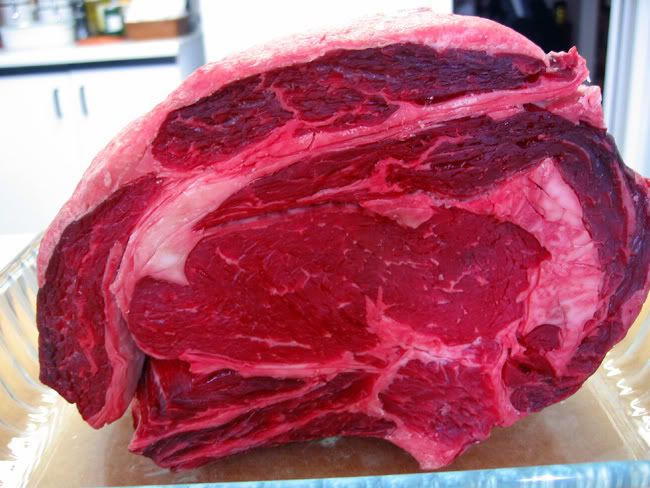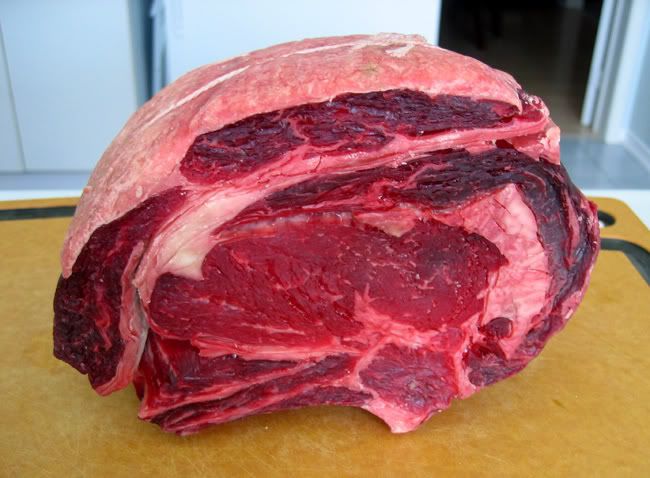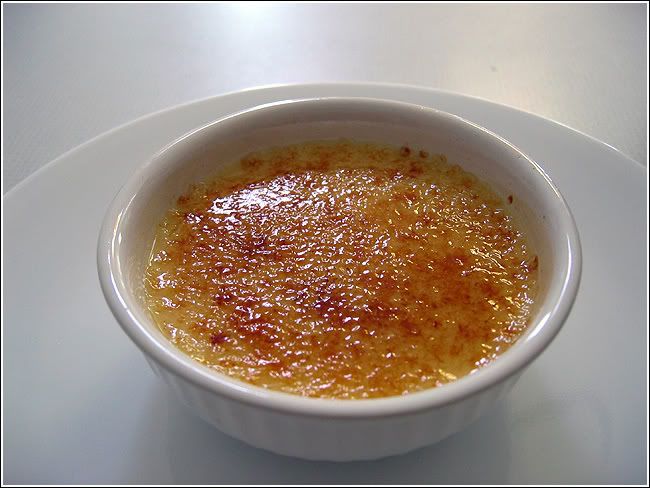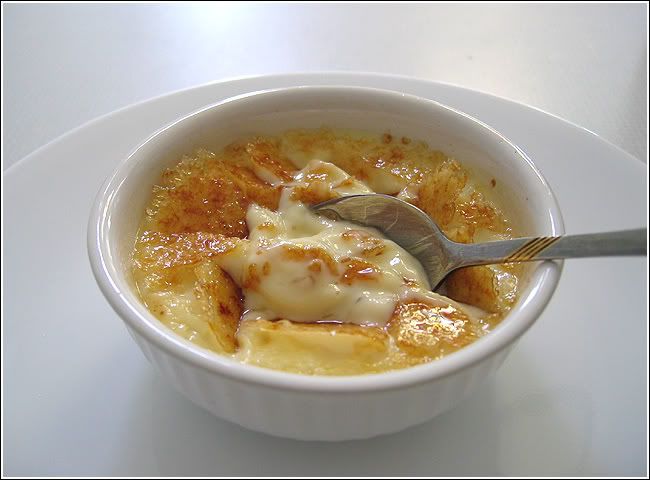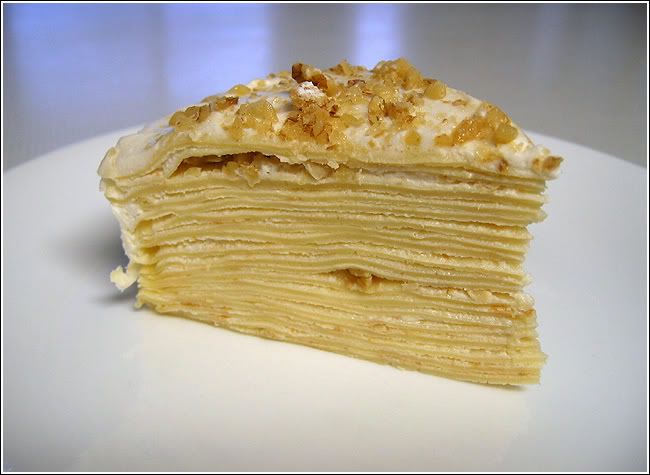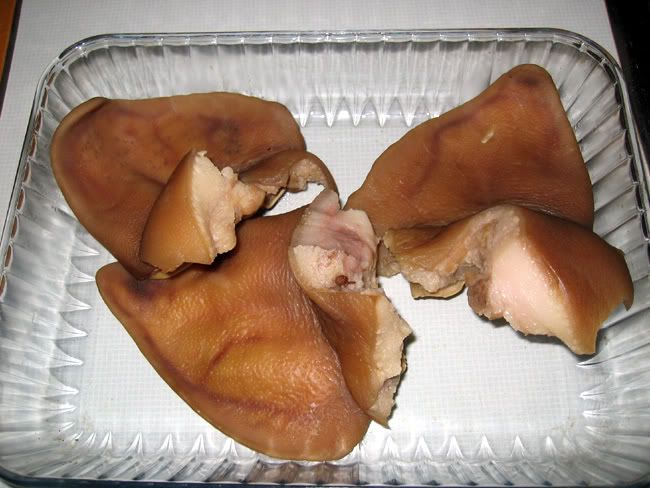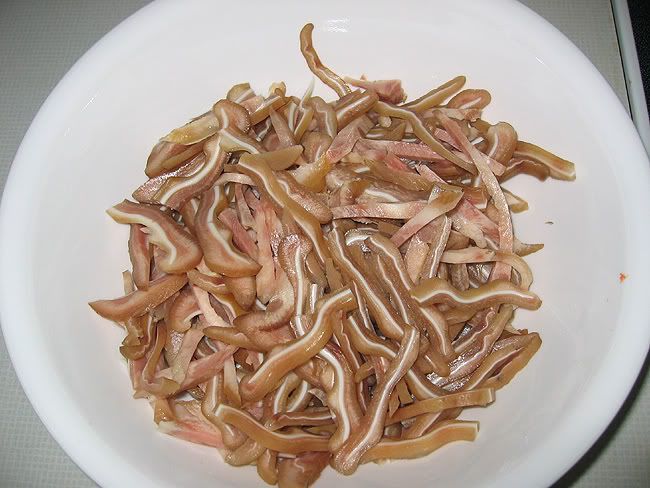Hospitality
At the very basic the job of a Cook is to feed people. This simple act is one of huge generosity; the Cook prepares food with the basic fundamental principle to feed people who are hungry. The need for food is primal; according to Maslow it is a physiological need that must be fulfilled before we can attend to our other desires. The fact that Cooks help fulfill and satisfy this need for others, by nature, makes them very hospitable and generous individuals by nature.
Being inherently hospitable and helpful people we often find it hard to say no to people and enjoy helping whenever and wherever possible. We're often aware of our nature and sometimes we have to draw the line on what we can and cannot do; it's not easy to say no.
Hospitality is the nature which this profession revolves; serving and pleasing others. That said, even though we often say yes to many things and go out of our way it does not mean we like to be taken advantage of. We're aware of when this occurs and it hurts; we like to serve by choice not by obligation.
Read more...
Being inherently hospitable and helpful people we often find it hard to say no to people and enjoy helping whenever and wherever possible. We're often aware of our nature and sometimes we have to draw the line on what we can and cannot do; it's not easy to say no.
Hospitality is the nature which this profession revolves; serving and pleasing others. That said, even though we often say yes to many things and go out of our way it does not mean we like to be taken advantage of. We're aware of when this occurs and it hurts; we like to serve by choice not by obligation.







